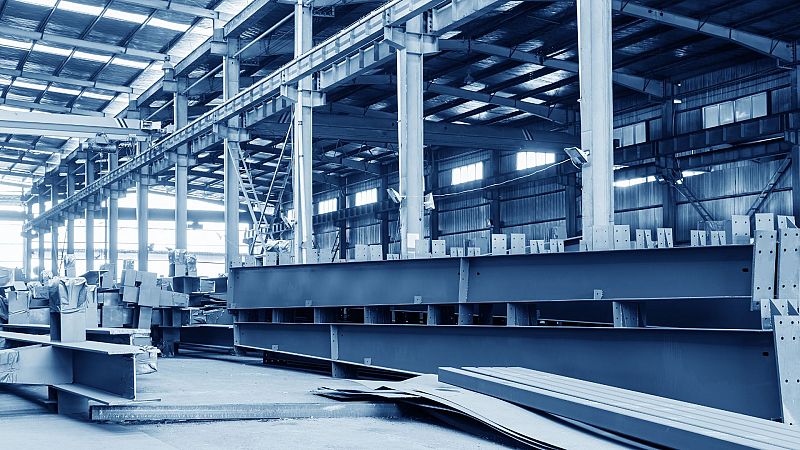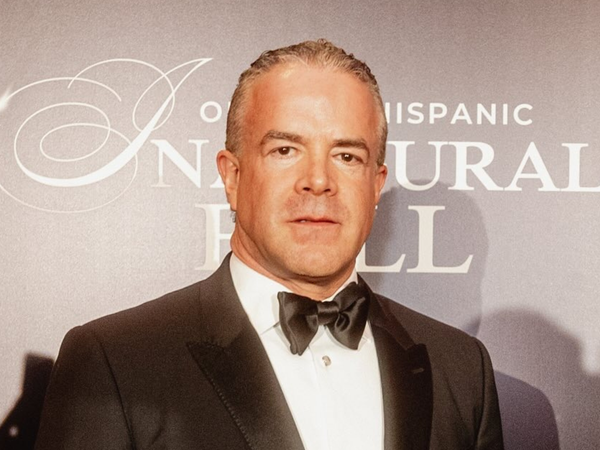
US tariffs on steel and aluminium imports were doubled from 25% to 50% on Wednesday, a move announced by US president Donald Trump last Friday. However, the UK has temporarily been spared from this hike.
The tariff increase has escalated trade tensions and drawn significant criticism from worldwide trade partners. Trump, meanwhile, claims the move will make the US steel industry even stronger.
He said in a post on his social media platform Truth Social: “Our steel and aluminum industries are coming back like never before. This will be yet another BIG jolt of great news for our wonderful steel and aluminum workers. MAKE AMERICA GREAT AGAIN!”
German steel company Thyssenkrupp’s share price rose 4.5% on Wednesday morning on the Frankfurt Stock Exchange. Salzgitter AG’s share price also climbed 3.9% on the Frankfurt Stock Exchange.
Following the trend, ArcelorMittal SA’s stock advanced 1.9% on the Euronext Amsterdam exchange, while Austrian steel company Voestalpine AG’s share price jumped 4.1% on the Vienna Stock Exchange.
Similarly, on the other side of the Atlantic, major US steel companies such as Cleveland-Cliffs, Nucor, and Steel Dynamics saw their share prices surge on Tuesday, although pulling back a little from Monday's gains.
Cleveland-Cliffs’ share price was trading 0.4% higher in pre-market trading on Wednesday, while Nucor’s share price was up 1.6%. Steel Dynamics’ share price also advanced slightly, by 0.8% pre-market.
The UK to escape the higher steel and aluminium tariffs as a result of the US-UK Economic Prosperity Deal (EPD), which was signed on 8 May this year. However, Trump said that the 50% tariffs may still apply to the UK on or after 9 July 2025, if the US feels that the UK has not adhered properly to the EPD.
US businesses risk significant harm due to tariffs
The unpredictability of recent US tariffs continues to pose considerable risks to US businesses, despite Trump's reassurances that tariffs will benefit the economy. This is mainly because several US companies with international operations could be forced to scramble to find alternative foreign suppliers and customers.
It is also remains unclear how long steel and aluminium tariffs could stay at the 50% level proposed, as Trump continues to negotiate other tariffs with various countries.
Felix Tintelnot, professor of economics at Duke University, told TIME: “We're talking about expansion of capacity of heavy industry that comes with significant upfront investments, and no business leader should take heavy upfront investments if they don't believe that the same policy [will be] there two, three, or four years from now.
“Regardless of whether you're in favour [of] or against these tariffs, you don't want the President to just set tax rates arbitrarily, sort of by Executive Order all the time,” he added.
Tintelnot also highlighted that increasing the price of aluminium, which is a very common input material in several sectors such as automotive and construction, would, in turn, hurt those industries, even if there may be some advantages to the domestic US steel and aluminium sectors.







